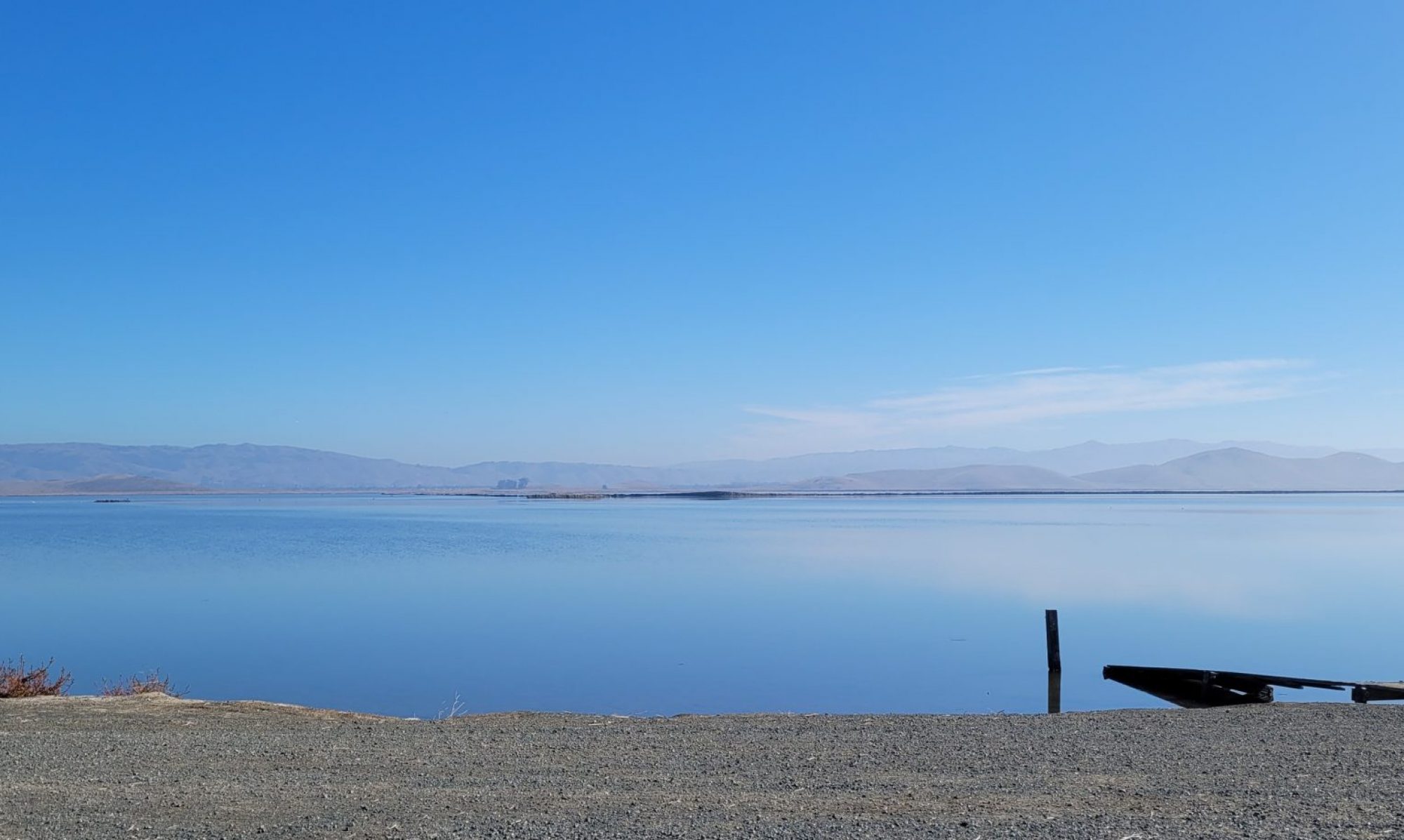
This second week of our trip finds the intrepid southwestern travelers braving the trails through Santa Fe and northeastern Utah. I thought about entitling this Canyons, Cuisine, and Conversation because we had the chance to visit with so many good friends and eat good food… or Canyons and Chiles … or Canyons and Calderas … or Canyons and Calamities, but I couldn’t think of a good “C” word for the art. And Santa Fe had so much art!
Santa Fe: More Artists per Capita
According to something called the Location Quotient at the website Citylab, Santa Fe is the second largest mid-sized U.S. city for art. In other words, there was an awful lot of art for a city of only 85,000. So much art that every other building downtown is a gallery. The famous Canyon Road boasts over 120 galleries along its six blocks. The community garden across from our hotel entrance began with an arch made out of wheelbarrows, and the nearby railroad stop was fronted by a football field-sized canvas with twenty separate photography exhibits. So much art that even the orange traffic cones are turned into artwork. Continue reading “The Land of Rock and Cactus, Part II: Canyons and Culture”

